很多同学都想知小升初英语重点有哪些,小编整理了相关内容,希望能够为您带来参考与帮助。
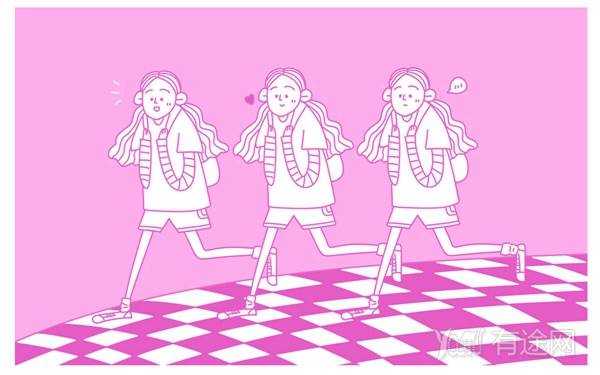
一、学生易错词汇:
1.a, an的选择: 元音字母开头的单词用an,辅音字母开头的单词用a.
2. am , is , are的选择: 单数用is , 复数用are. I 用 am , you 用 are.
3. have , has 的选择: 表示某人有某物。单数用has , 复数用have. I , you 用 have .
4. there is, there are 的选择:表示某地有某物,某人。单数用there is , 复数用there are.
5. some, any 的选择:肯定句用some, 疑问句和否定句用any.
6. 疑问词的选择:what (什么) who (谁) where (哪里) whose (谁的) why(为什么)when(什么时候)
which(哪一个)how old (多大) how many (多少)how much(多少钱)
二、动词过去式详解
动词的过去式的构成规则有:
A规则动词
① 一般直接在动词的后面加ed:如worked , learned , cleaned , visited
②以e结尾的动词直接加d:如lived , danced , used
③ 以辅音字母加y结尾的动词要改y为i再加ed(此类动词较少)如study – studied carry – carried worry – worried (注意play、stay不是辅音字母加y,所以不属于此类)
④ 双写最后一个字母(此类动词较少)如stopped
B不规则动词
(此类词并无规则,须熟记)小学阶段要记住以下动词的原形和过去式:
sing – sang , eat – ate , see – saw , have – had , do – did , go – went , take – took , buy – bought , get – got , read – read ,fly – flew , am/is – was , are – were , say – said , leave – left , swim – swam , tell – told , draw – drew , come – came , lose – lost , find – found , drink – drank , hurt – hurt , feel – felt。
三、句型专项归类:
1、 肯定句:是指用肯定的语气来陈述的句子,如:
I’m a student. She is a doctor. He works in a hospital.
There are four fans in our classroom. He will eat lunch at 12:00. I watched TV yesterday evening.
2、否定句:含有否定词或表示否定意义词的句子,如:I’m not a student. She is not (isn’t) a doctor.
He does not (doesn’t) work in a hospital. There are not (aren’t) four fans in our classroom.
He will not (won’t) eat lunch at 12:00. I did not (didn’t) watch TV yesterday evening.
小结:否定句主要是在肯定句的基础上加上了否定词 “not”。有动词be的句子则“not”加在be后面,可缩写成“isn’t,aren’t”,但am not 一般都分开写。没有动词be的句子则要先在主要动词的前面加上一个助动词(do,does,did),然后在它后面加上“not”,你也可以把它们缩写在一起如“don’t , doesn’t , didn’t )。这三个助动词要根据人称和时态来选择,其中“does”只用于一般现在时主语是第三人称单数的情况,而“did”只用于一般过去时,不论主语是什么人称和数,都用“did” 。
3、一般疑问句:是指询问事实的句子,此类句子必须用“yes”,或“no”来回答。
如:Are you a student? Yes, I am / No, I’m not.
Is she a doctor? Yes, she is. / No, she isn’t.
Does he work in a hospital? Yes, he does. / No, he doesn’t.
Are there four fans in our classroom? Yes, there are. / No, there aren’t.
Are you going to buy a comic book tonight? Yes, I am. / No, I am not. (Yes, we are. / No, we aren’t.)
Will he eat lunch at 12:00? Yes, I will. / No, I will not(won’t).
Are they swimming? Yes, they are. / No, they aren’t.
Did you watch TV yesterday evening? Yes, I did. / No, I didn’t.
小结:一般疑问句是在肯定句的基础上
①把动词be调到首位,其他照写,末尾标点符号变成问号即可。
②没有动词be的句子则要在句首加上一个助动词(do,does,did)再把紧跟在后面的动词变回原形,末尾标点符号变成问号即可。
这三个助动词也要根据人称和时态来选择,其中“does”只用于一般现在时主语是第三人称单数的情况,而“did”只用于一般过去时,不论主语是什么人称和数,都用“did” 。一般疑问句有个重要的原则就是问和答要一致,即问句里的第一个单词(助动词)和简略答句里的这个词是一致的。
1. 听和模仿一定要同时做。使用“LIP”方法:听、模仿、操练!
2. 尽量把单词放在有用的句子中反复操练。这是“拥有”一个单词并把它变成你永远的财富的惟一途径!重复是学习之母!
3. 要记住学过的生词和短语,随身携带一个小笔记本,记录和复习新的材料。自己制作英语学习卡片并随身携带。你可以最大程度地利用每天的空闲时光,还可以强化你的记忆力。这个小小的行动将会产生巨大的效果。
4. 大声朗读会大大提高你的流畅度,让你更能集中注意力。你还可以听到自己的错误,从而可以改正。

很多人比较关心北京小学什么时候进行期末考试,考试时间上是怎么安排的呢?下面小编为大家介绍一下!
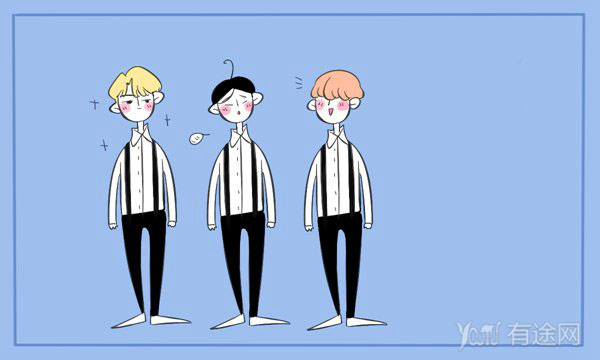
2021-2022年学前已经过了很长时间,那么小学的期中考试时间吗和期末考试时间安排在什么时候呢,什么时候后放寒假呢,下面小编为大家总结一下...

2022年寒假放假时间是很多学生和家长关心的,下面就和小编一起看2022年中小学期末考试时间吧,希望可以给大家带来帮助。
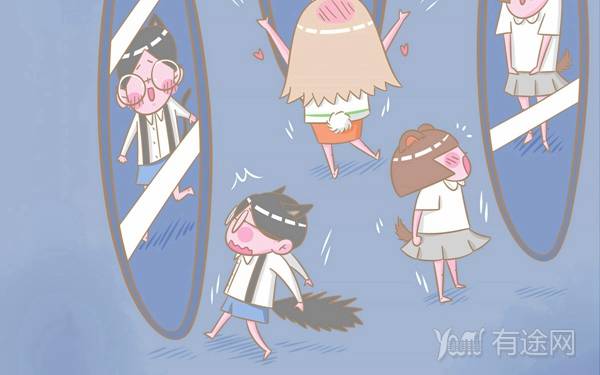
很多家长不知道怎么写反馈意见,下面小编为大家精选了一些比较好的小学生家长反馈意见,供参考!

家长要对孩子的评语要敢于鼓励、善于鼓励,这样才能让学生更加积极的学习,下面有途网小编为大家整理了一些家长寄语。
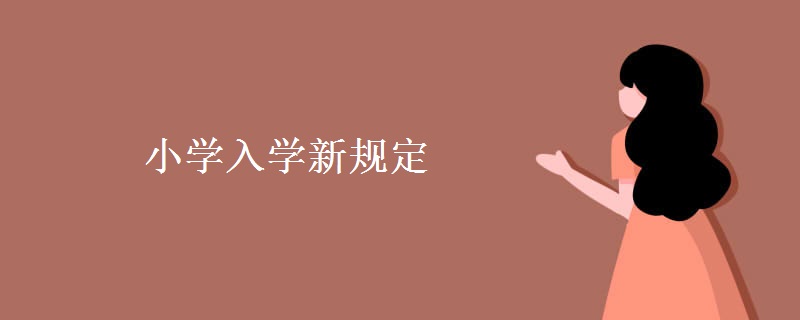
就读小学一年级的儿童,截止出生年月由省级教育行政部门根据法律规定和实际情况统筹确定。小学入学年龄截止日将不再限于8月31日,而是如果该家庭在...
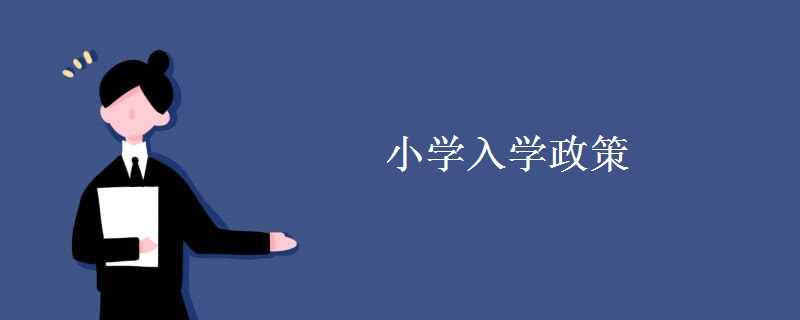
小学入学的适龄儿童必须年满6周岁,进行划片入学。本市户籍适龄儿童依据居民户口簿、合法固定居所的证明、儿童预防接种证,到所属学区片学校登记入学...
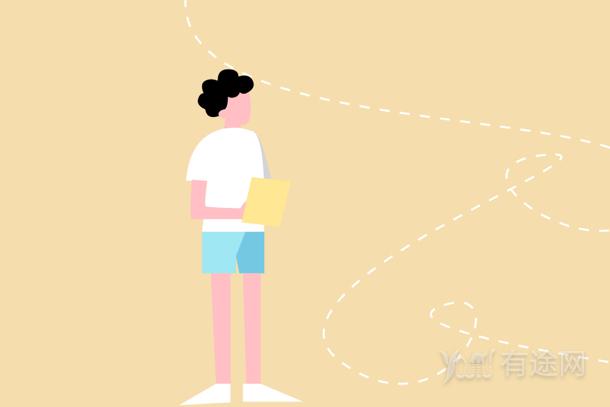
近几天,全国多地结合疫情防控形势,陆续发布了秋季学期返校要求和时间。对于中高风险地区,根据教育部要求,多地明确作出了学校暂缓开学、学生暂缓返...

很多人想知道小学生适合看哪些课外书,什么书适合小学生看呢?下面小编为大家介绍一下!
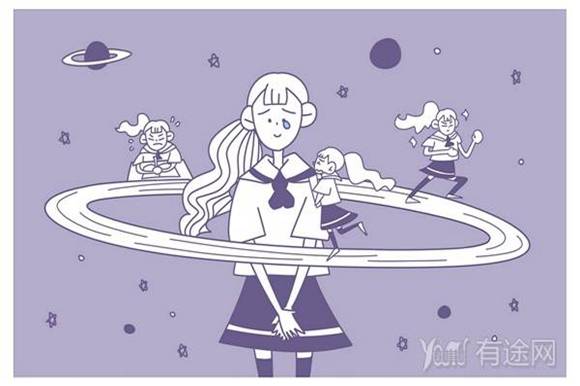
小学生必读的课外书有哪些?适合五年级学生看什么课外书好?下文有途网小编给大家整理了五年级学生必读的课外书,供参考!
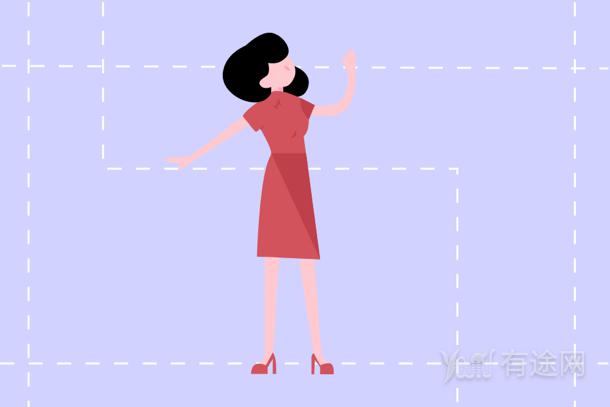
小学的人工智能课程是以应用普及为主,不会涉及到复杂的数学原理,可以帮助孩子们从强因果性的“公式性思维”转变为大数据时代的“相关性思维”。

中国小学教育学专业也有很多好的大学,而且专业实力也很强,小编整理了中国小学教育学专业大学排行榜,仅供参考!

很多家长想知道2021幼儿园什么时候放暑假以及家长如何合理安排幼儿园暑假放假时间,下面小编为大家介绍一下!

转眼间2021年已经过去了快一半的时间,又到了一年一度的暑假放假的季节。对于小学生来说,暑假就是会有蓝天、白云和海滩的美好。下文有途网小编给...

很多人比较关心2019内蒙古中小学什么时候放暑假,下面小编为大家介绍一下内蒙古中小学暑假放假时间安排。